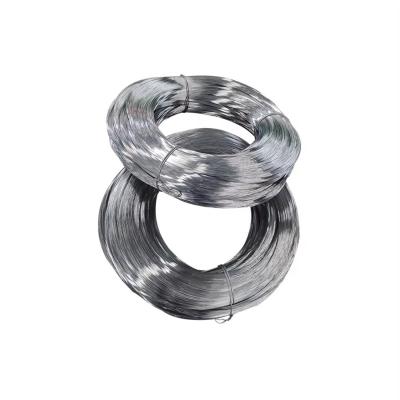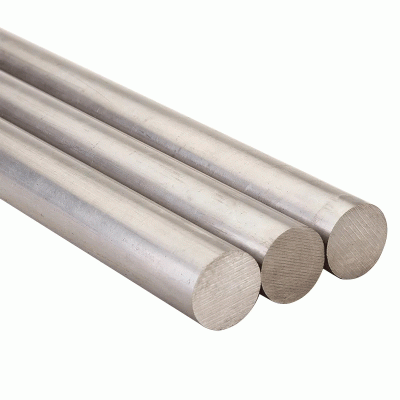Welded Vs. Seamless Tube: Basics and Cost Factors
It’s important for those in the metal and steel worlds to recognize that even some products named similarly will be different in their detailed characteristics, and a good example here is welded metal tube versus seamless tube. Both forms of metal tube, these formats are actually very different and will have varying common applications for their use.
we’re proud to offer several options when it comes to steel tube for any project, whether a bulk order or a smaller one, from manufacturing through processing and several other needs. How do welded tube formats differ from seamless tube options, which is best for your next project, and what else do you need to know in this realm? This two-part blog series will dig into several important basics.
Welded Tube Basics
As the name indicates, welded tube is created in the metal and steel world by welding one end of a metal sheet or plate to the opposite end. Metal will be formed longitudinally using a series of metal rolls, with welds made at the end of rolling stations to join the two sides.
Now, there are several sub-categories of welded tube as well. These may include resistance welding, induction welding, laser welding and possibly others. Once the material has been properly welded into its tube shape, the new tube will be cut to the desired length and the excess weld material is removed from the setup.
Seamless Tube Basics
Seamless tube, on the other hand, requires no welding and actually can describe a variety of processes. One of these, for example, is called rotary piercing, where metal is indented and then sent through a roller system using mechanical or hydraulic force; from here, the rollers form the tube to the dimensions that are desired.
There are also several other processes that might be used here, or those that are used in conjunction with rotary piercing. Annealing, for instance, is often done later to improve the properties of seamless tube once it’s been made.
Cost and Lead Time
One area where welded tube tends to hold a significant advantage on seamless tube is for general costs and lead time within production. Welded tube is almost always the more affordable option of the two, and this is largely because the costs and time needed to manufacture welded tube simply is far less than those required for seamless tube.
Not only does manufacturing costs less, it takes less time – and this means more manufacturing can be done in a given day, therefore labor costs are lower as well.



